At Livingstone Dermatology, we understand that your skin is a reflection of your health and well-being. We are committed to the latest advancements in dermatological science, and dedicated to providing you with quality care.

It is normal for parents to be concerned about newborn rashes. However, many of these rashes are harmless and improve on their own.
These skin conditions can appear within the first weeks of life, and can last anywhere between several weeks to months, depending on the diagnosis. It is important to understand these common skin conditions and how to effectively treat and manage them.
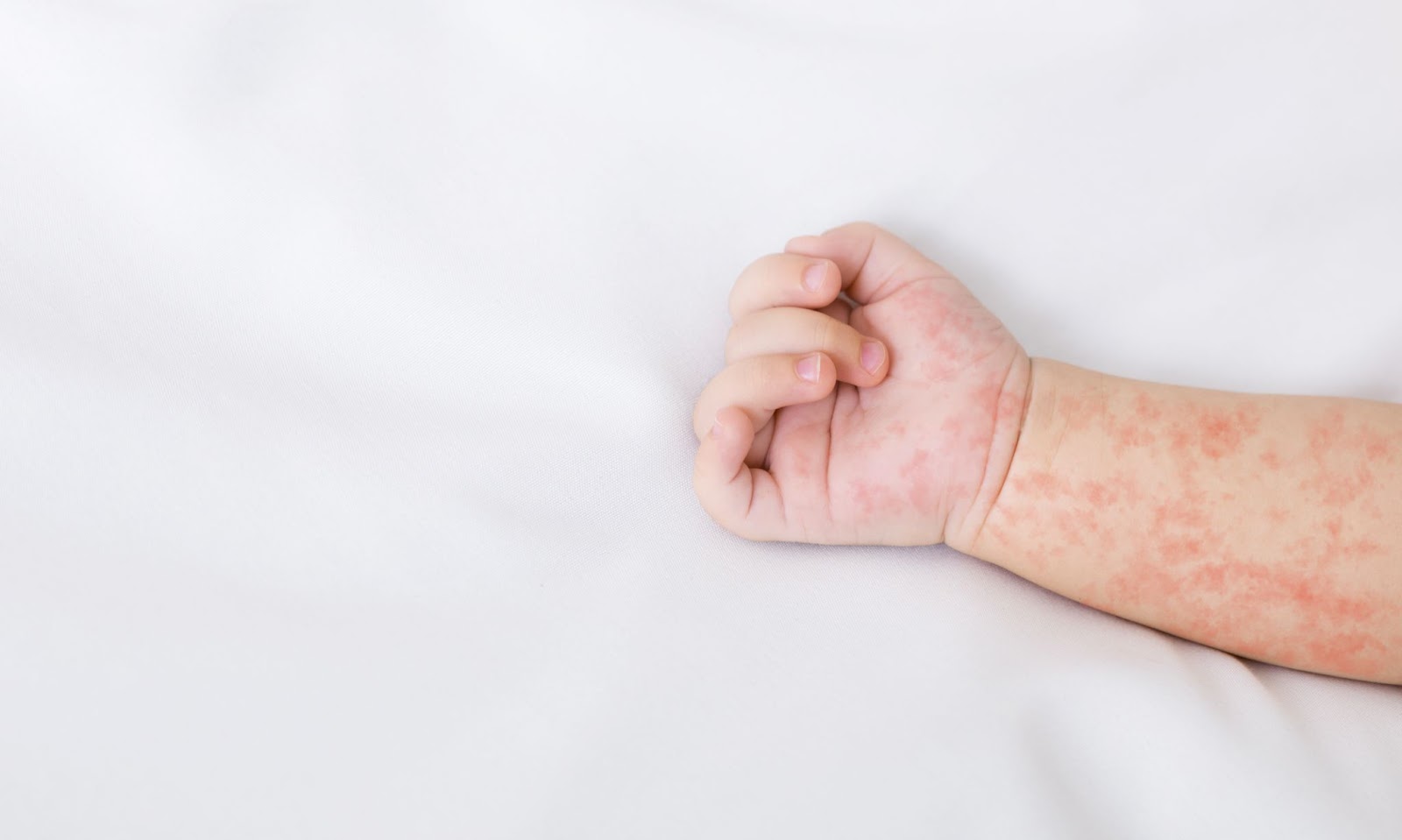
Newborn rashes are skin changes that appear on a baby’s delicate skin. These can manifest as red patches, bumps, or dry areas, appearing suddenly after a few days following the baby’s birth, or gradually over time.
Newborn rashes can occur on various parts of the body, including:
When it comes to newborn rashes, each rash varies in appearance, cause, and treatments. Some of the common types of newborn rashes include:
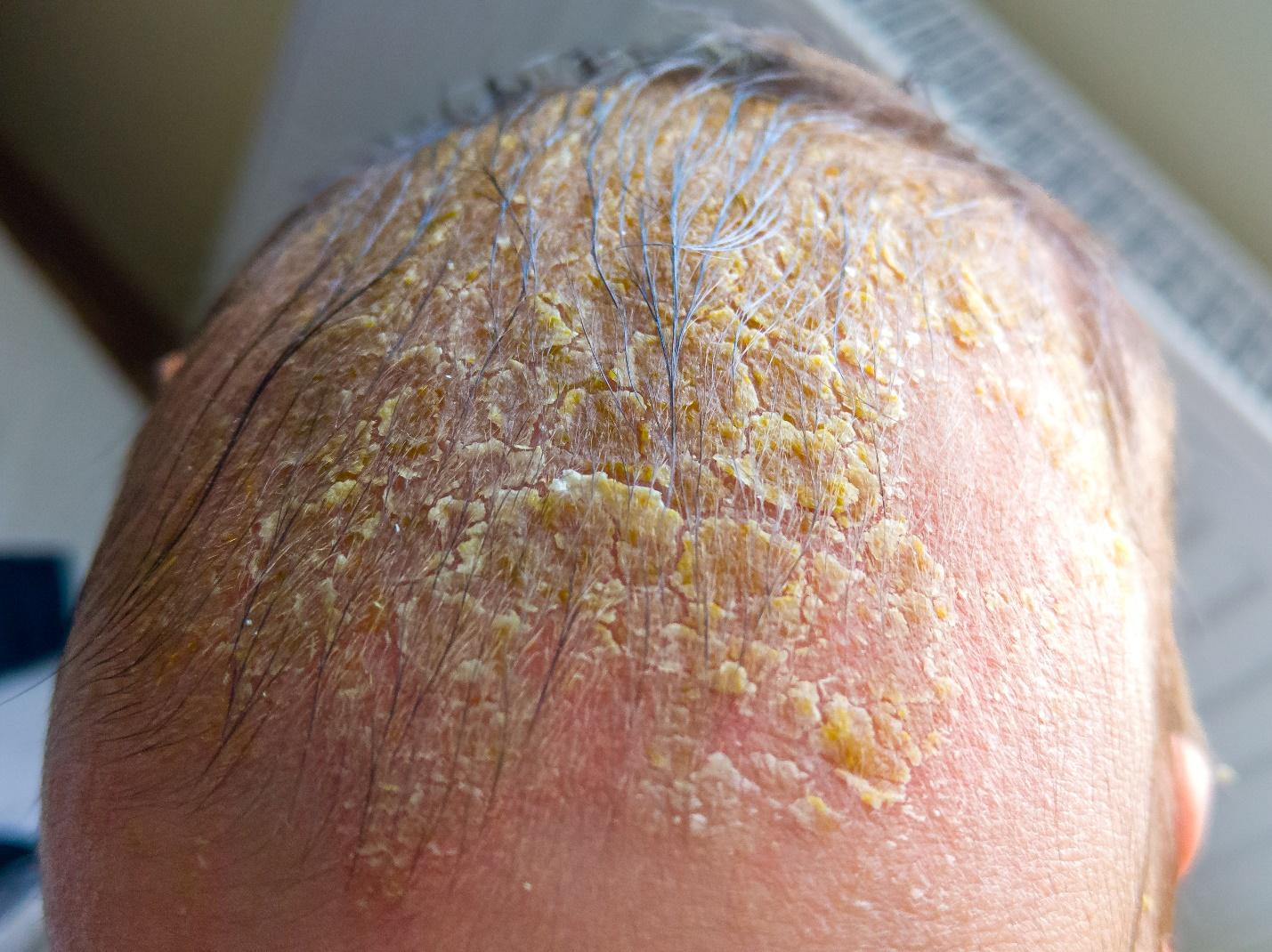
Newborn rashes can be triggered by a multitude of factors, often relating to a baby’s sensitive skin, and developing immune system. While many rashes are harmless, and resolve on their own, understanding the potential causes can help parents manage, and prevent flare-ups. Additionally, it also aids parents in determining when these rashes warrant a medical examination.
Some of the potential causes of newborn rashes are:
The symptoms of newborn rashes vary depending on the type, with the high possibility of overlapping. Below are some of the common symptoms that parents should be mindful of:
Baby acne
Baby acne usually develops within the first few weeks after birth, while exhibiting the following symptoms:
Diaper rash
Diaper rashes are fairly common, and exhibit the following symptoms:
Tip: To avoid diaper rashes, allow the diaper to breathe as much as possible and change the diapers promptly once they’re wet. After cleansing the affected area with a warm cloth, apply a zinc oxide cream to protect the skin and has mild antiseptic and anti-inflammatory effects.
Cradle cap
Cradle cap is a non-contagious skin condition that is linked to an overproduction of oil in your baby’s scalp. A newborn is most likely to have cradle cap if she or he has the symptoms below:
Tip: Use coconut, olive or baby oil to gently massage and dislodge some of the flakes on your newborn’s scalp. Wash away afterwards with a gentle shampoo.
Heat rash
Heat rashes are developed when sweat gets trapped under the skin, triggered by blocked sweat glands. These rashes have the following symptoms:
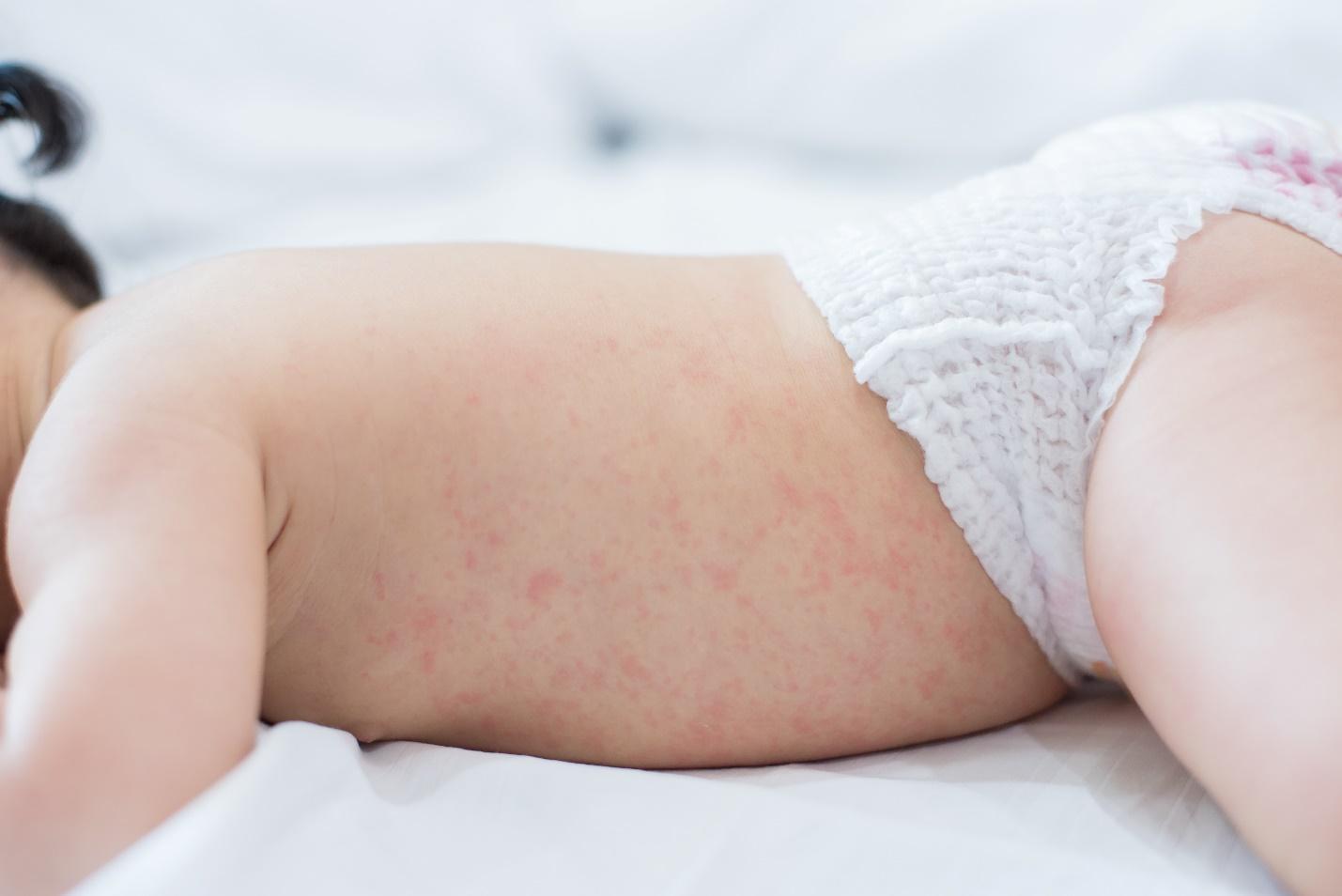
Eczema
Although eczema is commonly associated with genetics, it can be triggered by irritants or allergens. Eczema usually has symptoms, such as:
Erythema toxicum rash
Similar to baby acne, erythema toxicum rashes often appear within the first few days post-birth. The symptoms include:
Milia
Milia are tiny white, or yellowish bumps that usually develop on a newborn’s face, particularly around the nose, cheeks, and chin. They are typically caused by trapped keratin under the skin surface, and may show these symptoms:
As the glands on your newborn’s skin will open up in the coming days and weeks, the milia will disappear. No treatment is required.
Hives
Meanwhile, hives in newborns are often a result of an allergic reaction, which can be triggered by a multitude of reasons. They can be distinguished by looking for the following symptoms:
Transient neonatal pustular melanosis
Newborns with darker skin tones are likely to be experiencing transient neonatal pustular melanosis if they exhibit the symptoms below:
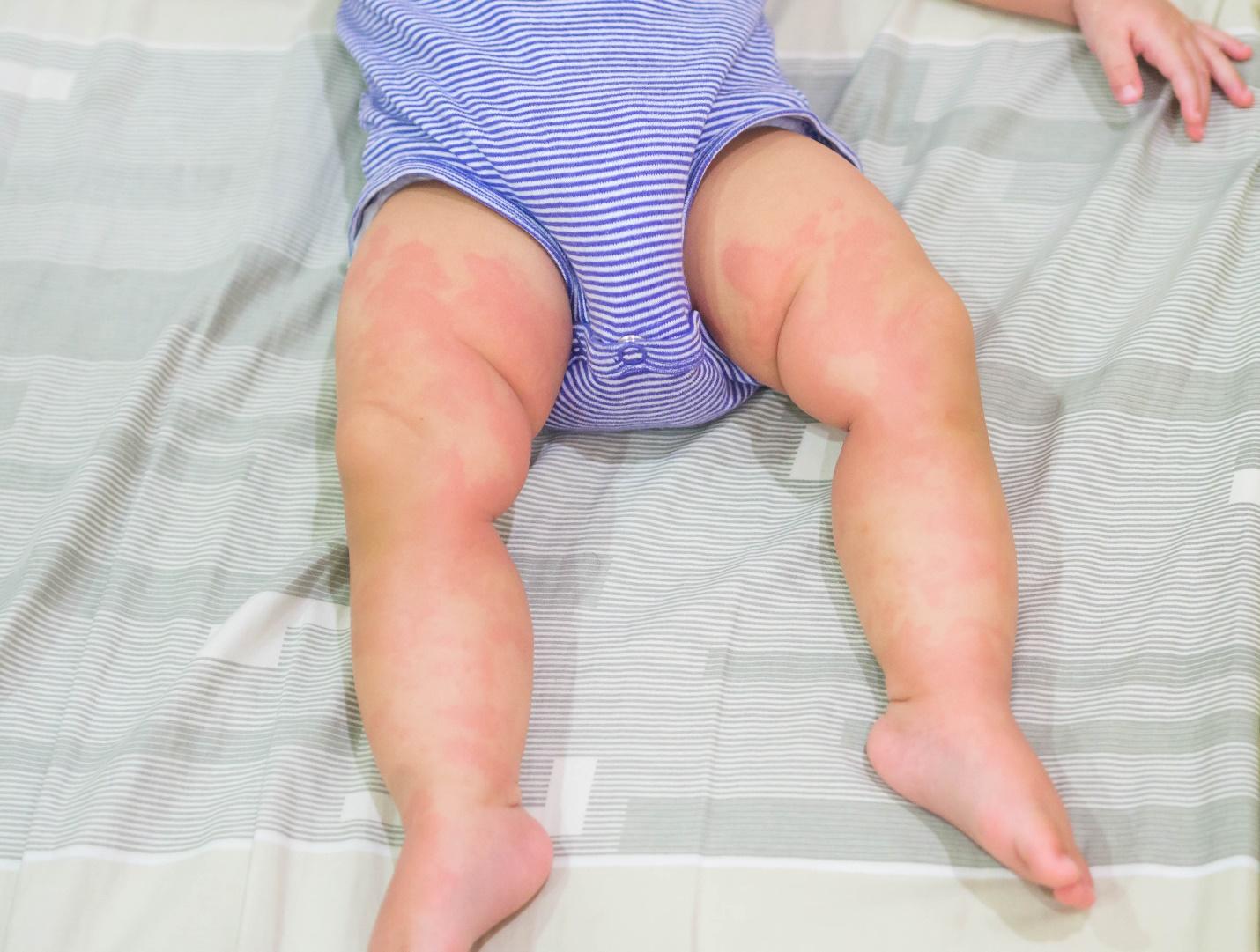
Generally, newborn rashes are normal and will resolve on their own. However, your little one’s rash may require medical attention if you observe the following signs and symptoms:
Unfortunately, newborn rashes are typically diagnosed through a physical examination by a qualified dermatologist, with a thorough assessment of the newborn’s medical history.
To help with the diagnostic process, it is advisable for parents to be mindful of:
Once our dermatologist has come to a conclusive diagnosis, they will recommend a treatment plan to effectively manage the rashes. Intervention may be recommended to prevent the rashes from exacerbating, or reduce discomfort.
Some of the common treatment measures are:
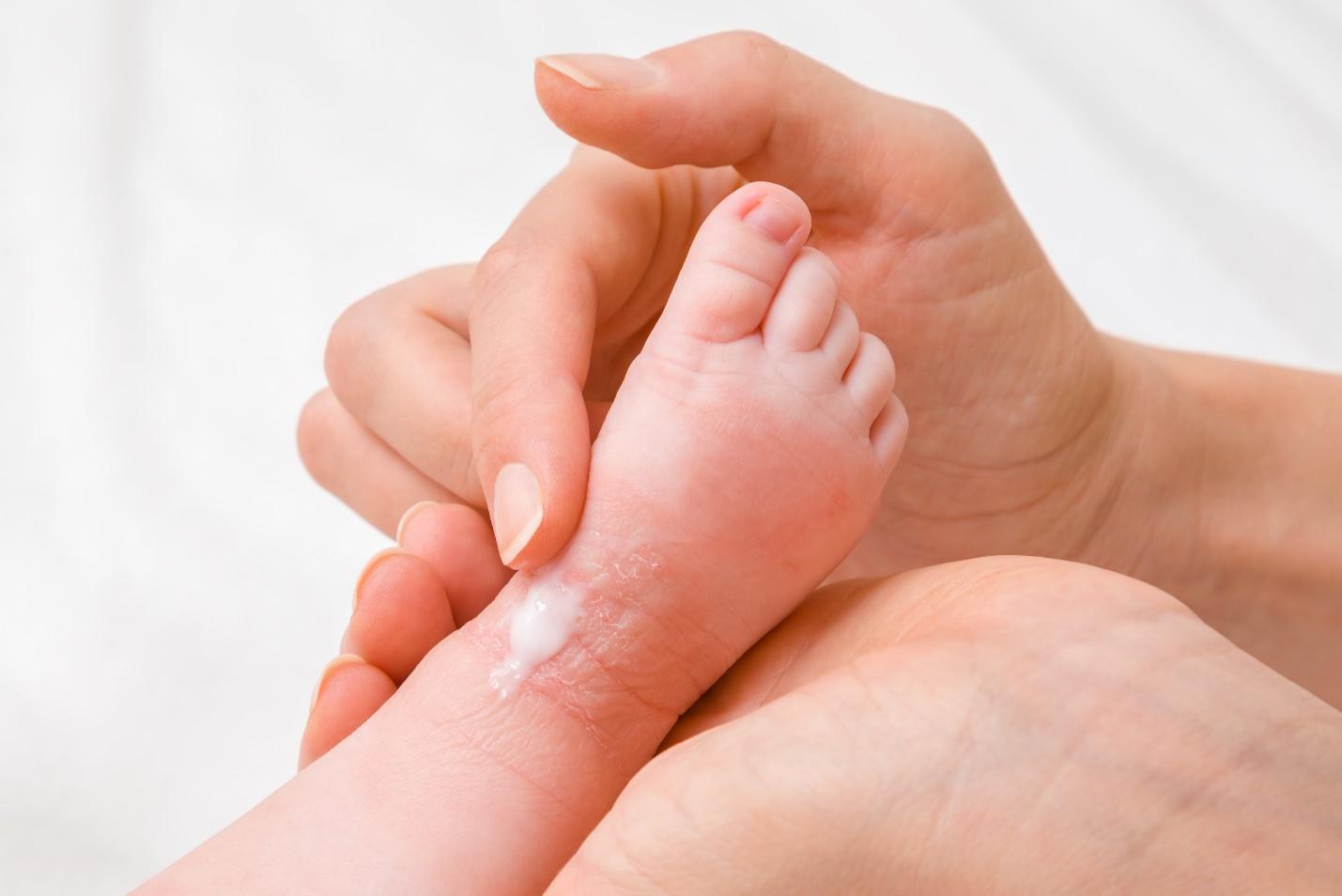
At Livingstone Dermatology, we understand, and empathise with new parents who are anxious, and concerned about their newborns’ health and well-being. No issue is too small, and it’s always best to get professional opinion for your baby’s health and your peace of mind. Book a consultation for a detailed assessment and personalised treatment plan.
How common are newborn rashes?
Newborn rashes are extremely common, affecting most newborns at some point during the first few weeks, or months of life. As a newborn’s skin is still adjusting to the outside environment, it is more sensitive, and prone to rashes.
Can newborn rashes be prevented?
While some newborn rashes are unavoidable due to the newborn’s sensitive skin, and adapting immune system, parents can minimise their occurrence by practicing good skincare, and hygiene. This includes using gentle, and fragrance-free products, avoiding overdressing the newborn to prevent sweating, keeping the skin moisturised, and regularly changing wet diapers.
However, rashes that are hormone-induced, such as erythema toxicum rash, are not preventable.
What are the differences between newborn rashes, and birthmarks?
Newborn rashes are typically temporary, and may come and go. On the other hand, birthmarks are usually present at birth, or appear shortly after birth, and are more permanent.
Rashes can appear as red, raised, or inflamed spots, and are often caused by irritation, allergies, or infections. In contrast, birthmarks, such as port-wine stains, and hemangiomas, are areas of skin discolouration that are usually harmless. Additionally, they do not change much in appearance over time.
How long do newborn rashes usually last?
The duration of newborn rashes can vary depending on their type. While most newborn rashes clear up within a couple of weeks, some may last for several months.
Are there any complications associated with newborn rashes?
Most newborn rashes are benign, and self-limiting. However, if a rash is associated with other symptoms such as fever, fussiness, poor feeding or latching, appears infected (oozing with pus), it may indicate a more serious condition.
In the event parents notice these symptoms, then we encourage you to seek medical attention immediately.
What are some of the warning signs that I should pay attention to?
Some of the warning signs that parents should take note of are:
If any of these symptoms are present, then do seek medical help immediately.
Are there any home remedies I can try to reduce newborn rashes?
Yes, there are. Some of the home remedies that parents may try to practice include, but are not limited to:
Whether you’re dealing with a specific skin concern or seeking to enhance your natural beauty, Livingstone Dermatology is here to guide you on your journey to healthy, radiant skin.
Schedule an appointment today and experience the Livingstone standard of care in a welcoming, professional environment.